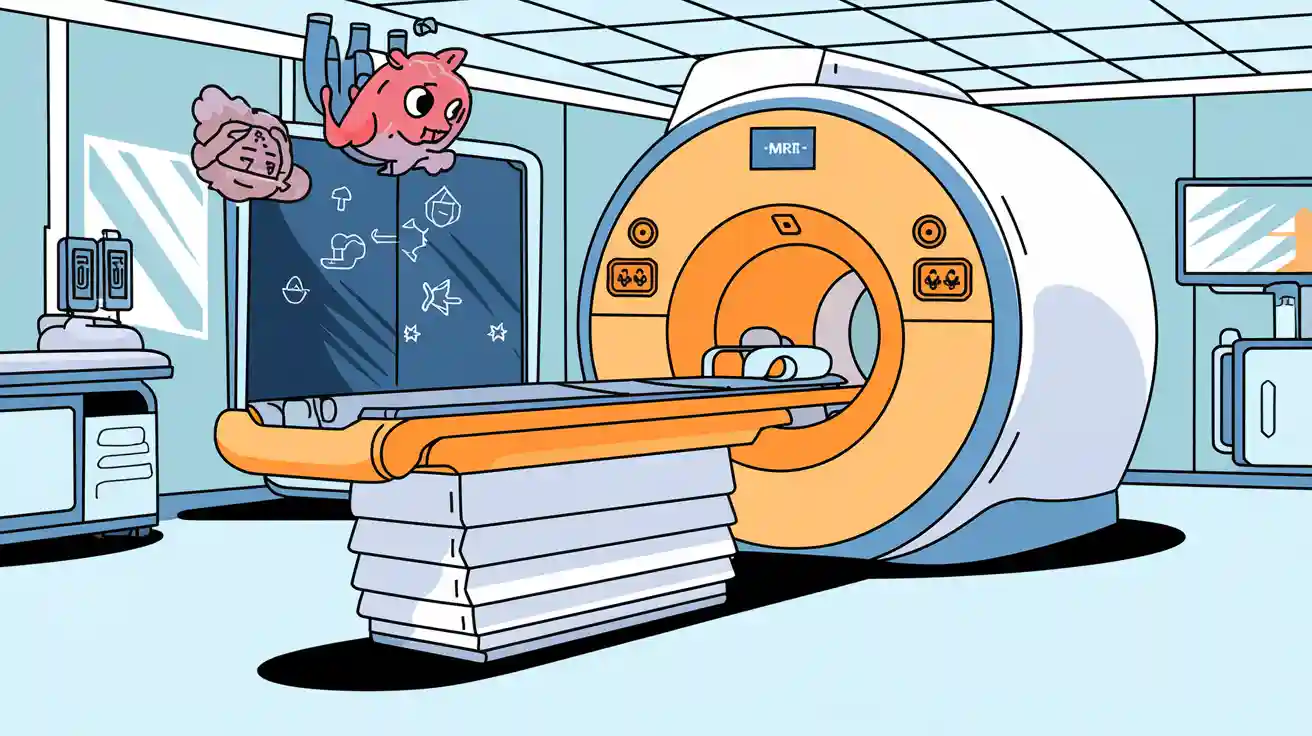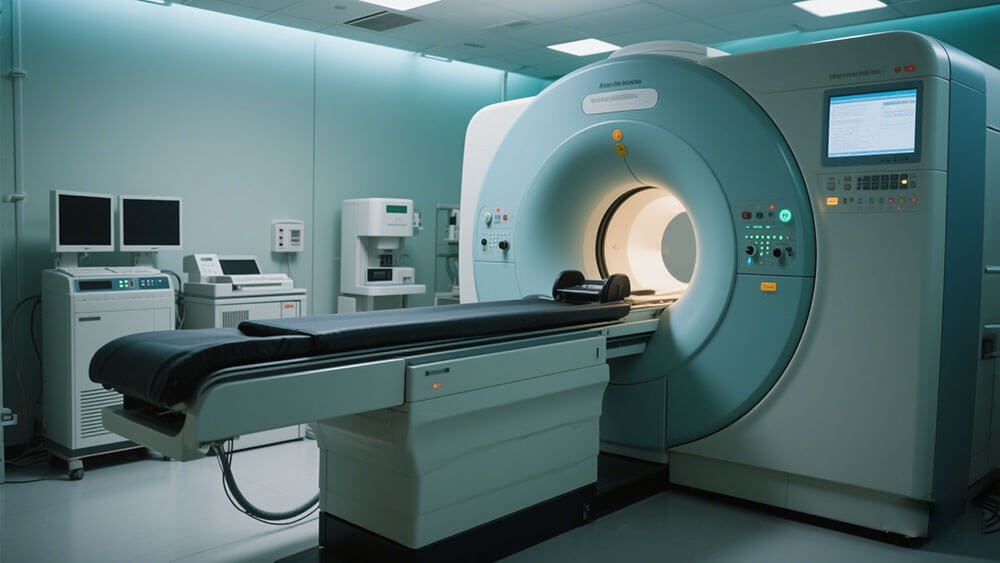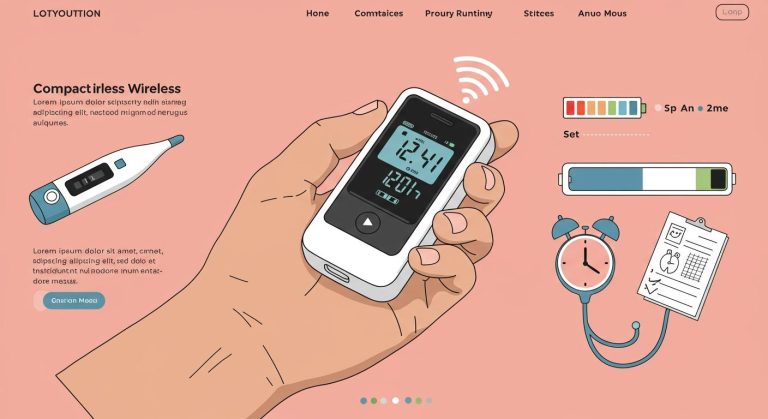
Non-magnetic lithium batteries play a crucial role in ensuring safety within MRI environments. Their design prevents interference with MRI machines, which are highly sensitive to magnetic fields. While these batteries are compatible with medical applications, their components require careful evaluation to avoid risks. Choosing the right batteries helps maintain imaging quality and protects patients.
Key Takeaways
Non-magnetic lithium batteries do not disturb MRI machines. This helps get clear images and correct results.
These batteries make things safer by removing dangers from magnetic parts. They keep patients and workers safe.
They resist rust, last longer, and need less fixing. This helps important medical tools work without stopping.

Part 1: The Role of Non-Magnetic Lithium Batteries in MRI Safety
1.1 How MRI Machines Operate and Their Sensitivity to Magnetic Fields
MRI machines rely on powerful magnets to generate a strong magnetic field. This field aligns the protons in your body. When a radiofrequency current is applied, these protons are stimulated and move out of alignment. As they return to their original position, they release energy. MRI sensors detect this energy, and the time it takes for the protons to realign varies depending on the surrounding tissue. This process allows the machine to create detailed images of different tissue types.
However, the sensitivity of MRI machines to magnetic fields means that even small magnetic materials can disrupt their operation. Magnetic interference can distort the imaging process, leading to inaccurate results. This is why non-magnetic metals and materials are essential in MRI environments. Non-magnetic lithium batteries, for example, ensure that imaging remains precise and reliable.
1.2 Risks Posed by Magnetic Materials in MRI Environments
Magnetic materials in MRI settings pose significant risks. These materials can be attracted to the machine’s strong magnetic field, creating potential hazards for patients and staff. For instance, a magnetic object could become a projectile, causing injury or damaging the equipment. Additionally, magnetic interference can compromise the quality of the images produced by the MRI machine. This can lead to misdiagnoses or the need for repeat scans, which increases costs and delays treatment.
Using non-magnetic metals in batteries and other medical devices minimizes these risks. Non-magnetic lithium batteries, in particular, are designed to operate safely in high-magnetic-field environments. Their corrosion resistance and lack of magnetic properties make them ideal for use in MRI rooms, where safety and precision are paramount.
1.3 Advantages of Non-Magnetic Lithium Batteries in MRI Settings
Non-magnetic lithium batteries offer several advantages in MRI environments. First, they eliminate the risk of magnetic interference, ensuring that imaging remains accurate. This is crucial for diagnosing and monitoring medical conditions. Second, these batteries provide reliable power for medical devices, including implantable technologies and MR patient monitoring equipment, which must function flawlessly in sensitive environments. Their corrosion resistance enhances their durability, reducing the need for frequent replacements.
Another benefit is their compatibility with stringent safety standards in healthcare. Non-magnetic lithium batteries meet the requirements for use in MRI settings, making them a trusted choice for medical professionals. Their long-term stability and efficiency also contribute to better patient outcomes, as they support the continuous operation of critical devices.
Part 2: Key Benefits of Non-Magnetic Lithium Batteries in Medical Applications
2.1 Ensuring Patient and Staff Safety
Non-magnetic lithium batteries significantly enhance safety in medical environments. Their design eliminates the risks associated with magnetic interference, which can compromise the operation of sensitive equipment like MRI machines. By using non-magnetic metals, these batteries prevent accidents caused by magnetic attraction, such as objects becoming dangerous projectiles. This ensures a safer environment for both patients and staff.
Additionally, these batteries meet stringent safety standards required in healthcare settings. Their corrosion resistance ensures they remain stable over time, reducing the likelihood of leaks or malfunctions. This reliability is critical in maintaining the integrity of medical devices, especially in high-risk environments like operating rooms or MRI suites.
2.2 Reliable Power for Medical Devices
Non-magnetic lithium batteries provide dependable power for a wide range of medical devices. Their ability to deliver consistent energy ensures that critical equipment, such as implantable devices, functions without interruption. For example, microscale soft lithium-ion droplet batteries (LiDBs) are not only biocompatible but also biodegradable. These advanced batteries can deliver electrical shocks to treat life-threatening conditions like ventricular arrhythmias, restoring normal heart rhythms within seconds.
The reliability of these batteries is particularly vital for implantable devices, where any failure could have severe consequences. Their corrosion resistance further enhances their durability, making them a safer and more durable medical battery option. This ensures that healthcare professionals can trust these batteries to support life-saving devices.
2.3 Long-Term Stability and Efficiency in Healthcare
Non-magnetic lithium batteries offer long-term stability and efficiency, making them an ideal choice for medical applications. Their corrosion resistance ensures they maintain performance over extended periods, reducing the need for frequent replacements. This not only lowers costs but also minimizes disruptions in patient care.
These batteries also support the continuous operation of medical devices, ensuring that critical equipment remains functional at all times. Their use of non-magnetic metals aligns with healthcare standards, making them a reliable choice for hospitals and clinics. By choosing these batteries, you contribute to a safer, more efficient medical environment.

Part 3: Risks of Using Magnetic Batteries in MRI Settings
3.1 Equipment Malfunction and Imaging Distortion
Magnetic batteries can severely disrupt the operation of MRI machines. These machines rely on precise electromagnetic fields to generate accurate images. When magnetic materials are introduced, they interfere with these fields, leading to imaging distortion. This distortion can compromise the diagnostic process, making it harder for healthcare professionals to identify medical conditions accurately.
You might also encounter equipment malfunctions caused by magnetic interference. Magnetic batteries can disrupt the delicate electronics within MRI machines, leading to unexpected shutdowns or errors. These malfunctions not only delay critical procedures but also increase maintenance costs.
Tip: Always ensure that batteries used in MRI environments are made from non-magnetic metals. This simple step can prevent costly repairs and ensure uninterrupted operation.
3.2 Safety Hazards for Patients and Staff
The presence of magnetic batteries in MRI settings poses significant safety risks. The powerful magnetic field of an MRI machine can attract magnetic materials with tremendous force. This creates a dangerous situation where objects can become projectiles, potentially injuring patients or staff.
For example, a magnetic battery left near the MRI machine could be pulled into the scanner at high speed. This could cause physical harm or damage the equipment. Additionally, the corrosion resistance of magnetic batteries may not meet the strict safety standards required in medical environments, increasing the risk of leaks or malfunctions.
To ensure safety, you should always opt for non-magnetic lithium batteries. Their design eliminates the risks associated with magnetic attraction, providing a safer environment for everyone involved.
3.3 Compliance Challenges in Medical Facilities
Using magnetic batteries in MRI settings can lead to compliance issues. Medical facilities must adhere to strict safety standards to ensure patient and staff well-being. Magnetic materials often fail to meet these standards, putting facilities at risk of regulatory penalties.
Non-compliance can also damage a facility’s reputation. Patients expect the highest level of care, and any safety lapses can erode trust. By choosing non-magnetic metals for batteries and devices, you can ensure compliance with industry regulations and maintain a strong reputation.
Note: Non-magnetic lithium batteries not only meet compliance requirements but also offer long-term benefits like corrosion resistance and reliability. These features make them an ideal choice for medical applications.
Non-magnetic lithium batteries play a critical role in ensuring MRI safety. Their use of non-magnetic metals prevents interference, maintaining imaging accuracy. These batteries also provide reliable power for medical devices. Their corrosion resistance ensures long-term stability, reducing risks. By choosing these batteries, you enhance safety and efficiency in healthcare environments.
FAQ
What makes non-magnetic lithium batteries suitable for medical devices?
Their corrosion resistance and non-magnetic properties ensure safe operation in sensitive environments like MRI rooms. These batteries also provide reliable power for implantable devices.
How do non-magnetic lithium batteries enhance safety in medical environments?
They eliminate risks like magnetic interference and projectile hazards. Their corrosion resistance ensures long-term stability, reducing the need for professional maintenance by medical staff.
Why is corrosion resistance important in lithium batteries for medical devices?
Corrosion resistance ensures durability and prevents leaks. This reliability is critical for implantable devices, MR patient monitoring and other medical applications, where safety and efficiency are paramount.






